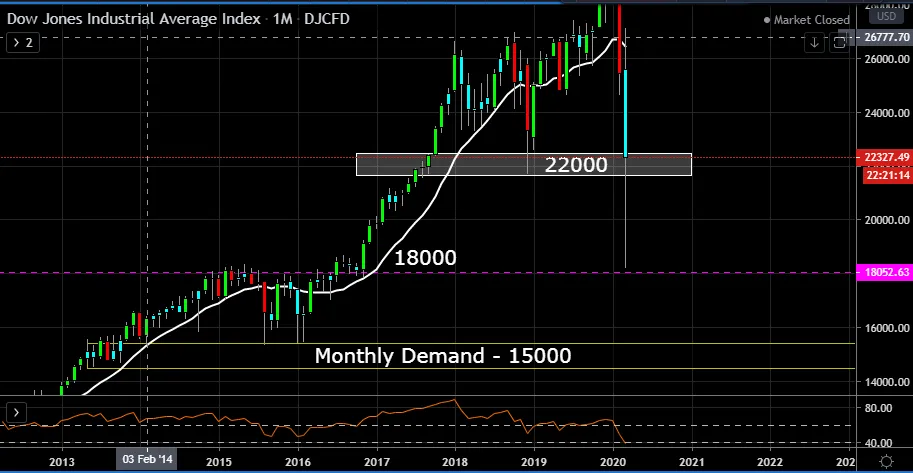
Many people think the low and that the equity markets have bottomed. Bryn Mawr’s Jeffrey Mills and a CNBC contributor is having some cognitive dissonance. He believes that there’s a high probability the low is in for the market. He also thinks the Fed’s involvement in the credit markets will support stabilize the Markets. But he also believes we won’t see any significant rallies until we flatten the curve.
So what’s all this with flattening the curve mean? COVID-19 spreads mainly from person-to-person, between people within a 6 foot radius and through the air when an infected person sneezes or coughs. Then you have community infections were people have been infected, but don’t know the source. Part of the issue is because the virus can live on various types of surface from 48 hours to up to two weeks.
So if people don’t practice social distance the number of cases could double every three days, producing what is called an exponential curve. So the “curve” is all about projecting number of people who get the COVID-19 over a period of time. And flattening the curve means slowing the infection rate until an inflection point is reached where by the inflection rate no longer increases, but actually decreases.
The only way to hit this inflection point is to lockdown the world, countries, cities, towns and neighbors. But there are consequences to doing this. Consumer demand has dropped and companies are laying of employees. Last week, the U.S. weekly jobless claims hit a record 3.3 million. And this will only increase in the weeks to come.
New York University’s Nouriel Roubini thinks the current situation we are all facing has the makings of surpassing the Great Depression. This is an extreme and you have to realize he’s a “doom and gloom” type of guy. But if he is where close to being right, prepare for the next leg down, despite the Dow having its first back-to-back gains since the first week of February and closing last week up 10% from the recent lows.
Peak loss of output. It's now generally accepted by economists that US GDP will contract by an annualized rate of somewhere between 15% and 25% in the second quarter of 202-. This would represent the greatest quarterly contraction in US economic history, by far.
Cumulative loss of output. The US economy will most likely remain in deep contraction mode on a year-over-year basis (i.e. relative to the same period in 2019) for all of 2020.
Peak unemployment. Peak unemployment is likely to surpass 20% and could be substantially higher.
Cumulative loss of hours of production. The cumulative loss of productive labor associated with the forthcoming recession will surpass any such losses since the great depression.
The massive increase in public and private debt plus the monetary debasement associated with the current and forthcoming bailouts and rescue packages (and their monetary financing) will be unprecedented – and this will have massive economic costs which will greatly impair US economic growth going forward.
It took only three weeks for the equity markets to hit a bear market territory. This was the quickest top to 20% decline in history. But there was a reason was the quickest. COVID-19. When the DOW have entered a bear market, on avg. it has taken about three months for price to hit the bottom. Meanwhile, once the DOW entered bear market territory, on avg., it has taken about seven months for price to leave bear market territory.
So are we at a bottom, statistically speaking no, this is just a bear market rally, in which the lows at least have to be retested?

This post is my personal opinion. I’m not a financial advisor, this isn't financial advise. Do your own research before making investment decisions.
